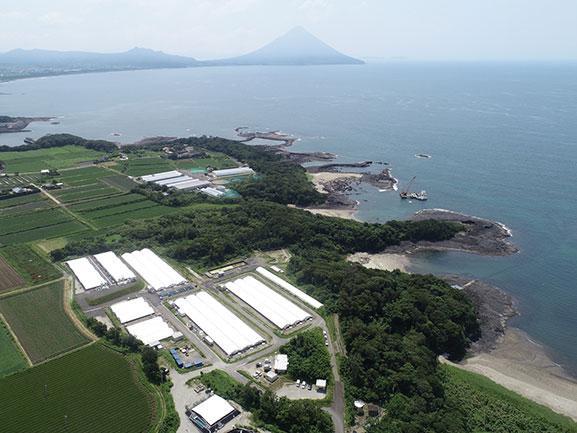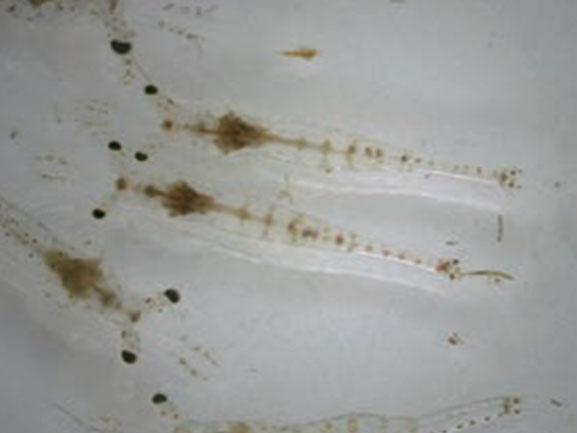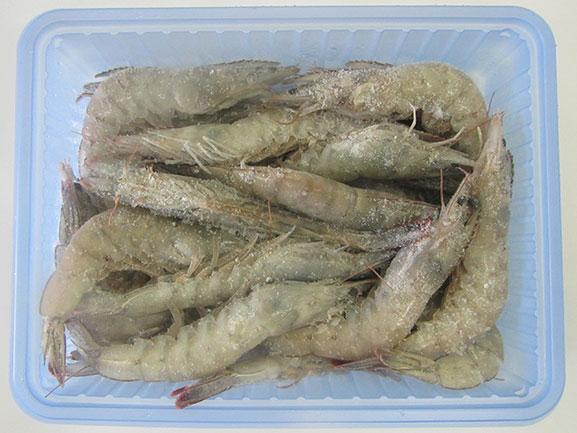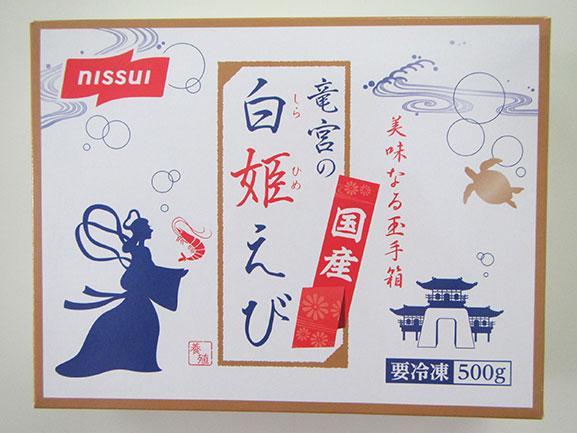
Land-based Aquaculture of Whiteleg Shrimp with Reduced Environmental Impact
In 2011, the Oita Marine Biological Technology Center began research on shrimp farming using an approach different from conventional aquaculture methods that have a high environmental impact. The Center selected whiteleg shrimp, for which SPF (Specific Pathogen Free) brood stock was available, as the target species and aimed to establish cultivation management technology using the technically challenging "Biofloc-based recirculating aquaculture system."
The "Biofloc-based recirculating aquaculture system" does not use filtration equipment outside the aquaculture tanks; instead, the key is managing the biofloc (aggregates of microorganisms) that forms inside the closed tank system. Compared to conventional shrimp farming methods, this system requires significantly less water, thereby substantially reducing environmental impact while also mitigating the risk of introducing disease pathogens from outside.
The ability to provide customers with safe, reliable, and high-quality shrimp raised using environmentally conscious methods led to the launch of commercial operations in FY2023. The Center is also working to further refine aquaculture technology by utilizing data science to optimize the rearing environment suitable for shrimp.

Figure 1. Aerial view of the Ei Land-based Aquaculture Facility

Figure 2. Newly hatched seedlings
Commercialization as "Shirahime Ebi"
Land-based aquacultured whiteleg shrimp produced using this closed biofloc-based recirculating aquaculture system has been available in limited quantities since September 2018 under the name "Shirahime Ebi" (meaning white princess shrimp) for commercial use. It has earned distinct recognition from imported whiteleg shrimp as a farmed shrimp with a strong sweetness that can be consumed raw. Going forward, sales will be expanded to restaurants and seafood departments of mass retailers throughout Japan.


Figure 3. Product image of "Shirahime Ebi"
